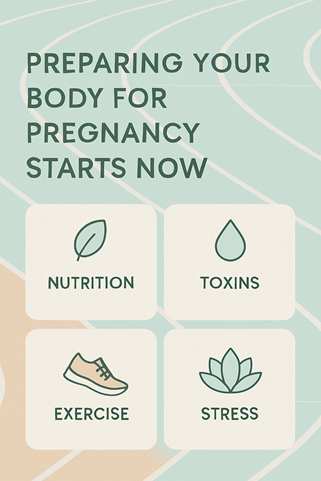Ready for a baby? Make sure your body is too!
Are you considering trying to get pregnant in the near future? Or maybe you’ve already started trying without much success? If so, it’s time for you to start incorporating preconception care into your daily routine. We have all heard many of the rules of pregnancy – eat healthy, no alcohol, no caffeine, take a prenatal, … Read more







